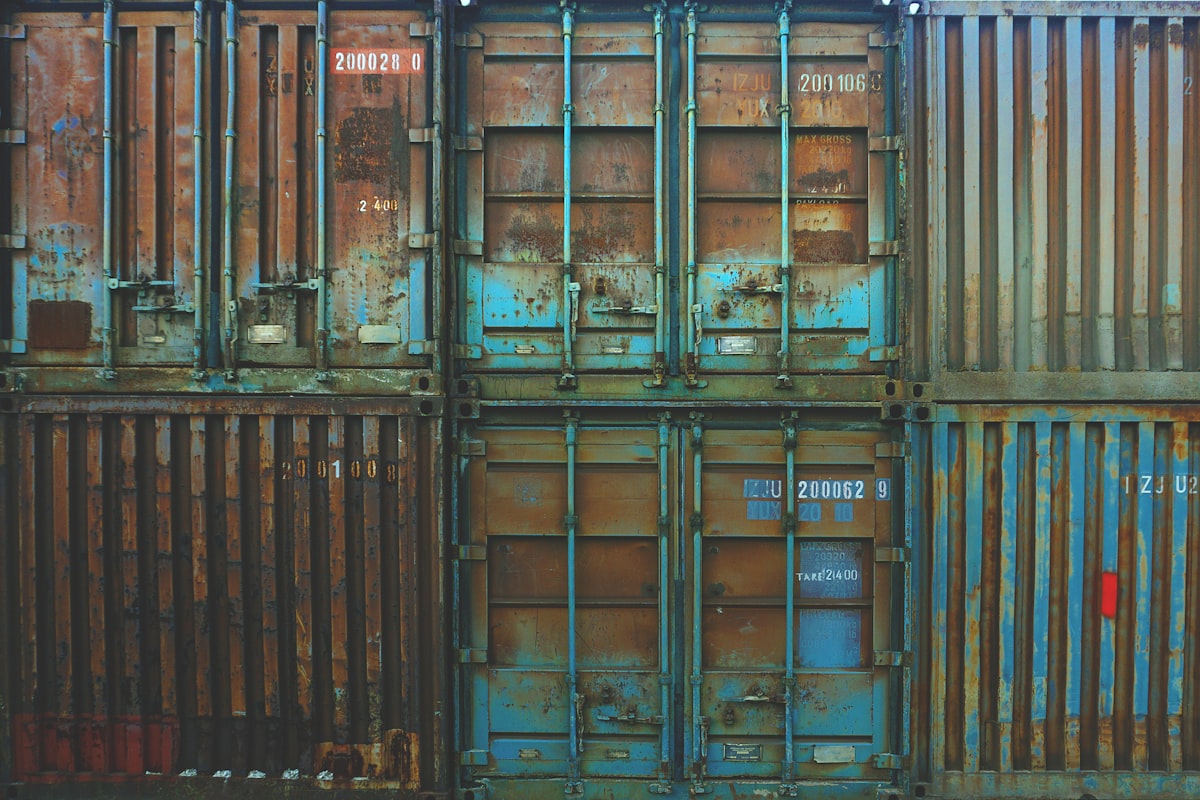
Vagrant
Vagrant - Provisioning 2/2
Vagrant provides an easy and powerful way to deploy local machines for development and testing. You can use Ansible or Podman and Docker to provision complete use cases on the machines, too.
Podman is a daemonless container engine for developing, managing, and running OCI Containers on your Linux System.


Vagrant
Vagrant provides an easy and powerful way to deploy local machines for development and testing. You can use Ansible or Podman and Docker to provision complete use cases on the machines, too.

Podman
In the previous articles, we had a look at the basics of Podman networking. In this article, I want to focus on some special behavior and concepts. Let's check out networking in pods and rootless mode.

Podman
In the previous article I explained how container networking works in general and how it is reflected in Podman. Now, let's see how we can use this in some examples and how the different networking layers work hand in hand.

Podman
Podman is a daemonless container management engine, that provides more than just containers. You can use Container networking to establish communication between containers and build more complex deployments.

Podman
Podman is a daemonless container management engine. But how do you start containers on boot and manage them properly, if there is no daemon? The simple answer is: "systemd". Podman integrates very well with systemd.

Podman
Podman provides application containers in a daemonless way. Very often, one needs a single application in a container. But what about multiple applications or development scenarios, where some kind of init service is needed?

Podman
Podman is the daemonless container engine, which can manage rootfull and rootless containers. Since it is already named Podman, there should be pods. This article explains, how you can handle pods in Podman and how this enhances your container deployments.

Podman
When it comes to #podman containers, you may face the situation, that you need to persist data across rebuilds or restarts. You may also need to inject configurations or code into a #container. This blog explains additional options to my previous articles.

Podman
Podman is the daemonless container engine, supporting rootless and rootfull containers. Today, Podman 3.0 was released. This release has several exciting features, including Docker Compose support, more networking options and security improvements. In addition, a ton of bugs were fixed, too.

Podman
Podman is a container engine, which provides a daemonless and rootless way to deploy containers in development and production. It's easy to get started, but how do you persist data? How do you put data from your development workstation in a container without building a new image again and again?

Podman
Podman is a daemonless container engine and getting started is quite easy. Running a container may be nice for some experimenting or deployments, but most of us want to add tools to the container and customize them to our needs. This can be done with container images.

Podman
Podman is a daemonless container engine to manage, run and develop OCI Containers on your Linux System. It supports rootfull and rootless mode for your containers and brings some features, which are not present in Docker.

Container
If you want to name a single technology, that needs to be in your portfolio, it will be containers. But, what does this mean? What is a container? What about this Docker, Kubernetes or Podman?